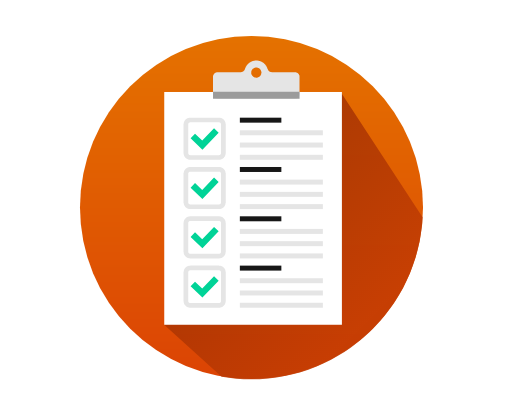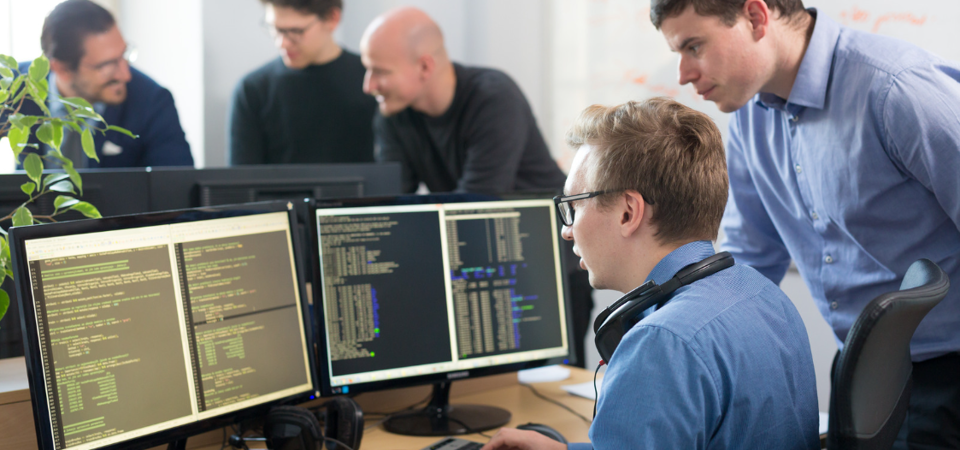To thrive in today's digital world, organizations must develop a mastery of rapid response, effortless course correction, and unencumbered agility in the face of competitive innovation. This is particularly difficult for large firms with rich heritage because of their reliance on inflexible IT systems such as legacy mainframes. These mission-critical systems are increasingly expensive to run and contain unique intellectual property and business processes developed over decades, rendering them difficult to replace by traditional means.
Automated refactoring with Advanced provides a turnkey modernization of your procedural codebase (or 4GL) to object-oriented Java or C# and your non-relational database to a relational model; deployed to the Cloud or in open systems on premises.
Once the legacy applications and databases are refactored, developers can extend application functionality for Cloud optimization using standard DevOps tools and CI/CD concepts that simply aren’t available for legacy mainframe applications. Precious business logic from the legacy system is preserved, while levels of optimization can be applied to deliver efficiencies and business benefits such as elasticity, granular service definition, and easy integration with Cloud-native services.
Automated Refactoring with Advanced unlocks a whole new world of quality and scalability from automated testing to quality assurance, and the ability to leverage containerized deployments and orchestration with Docker and Kubernetes.








